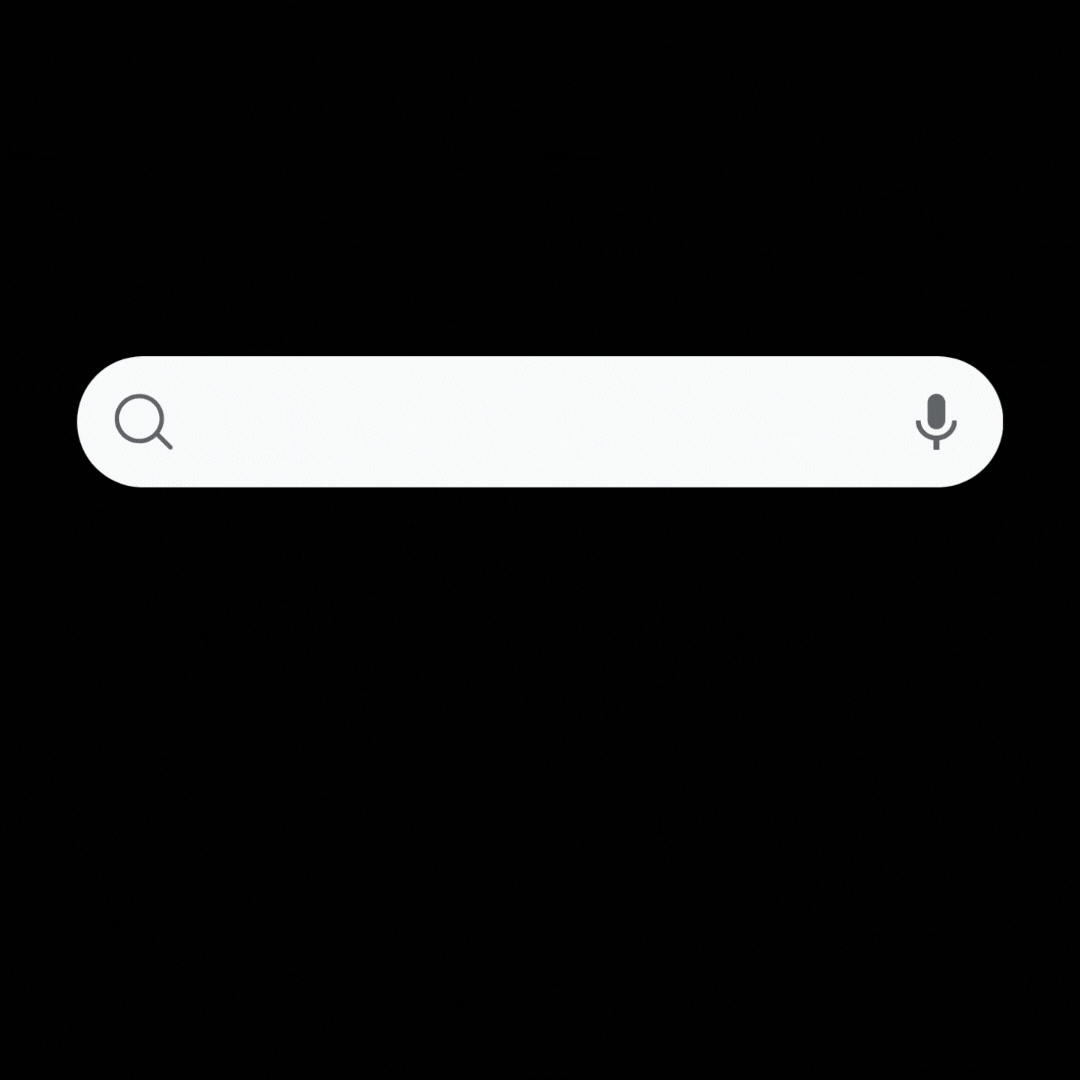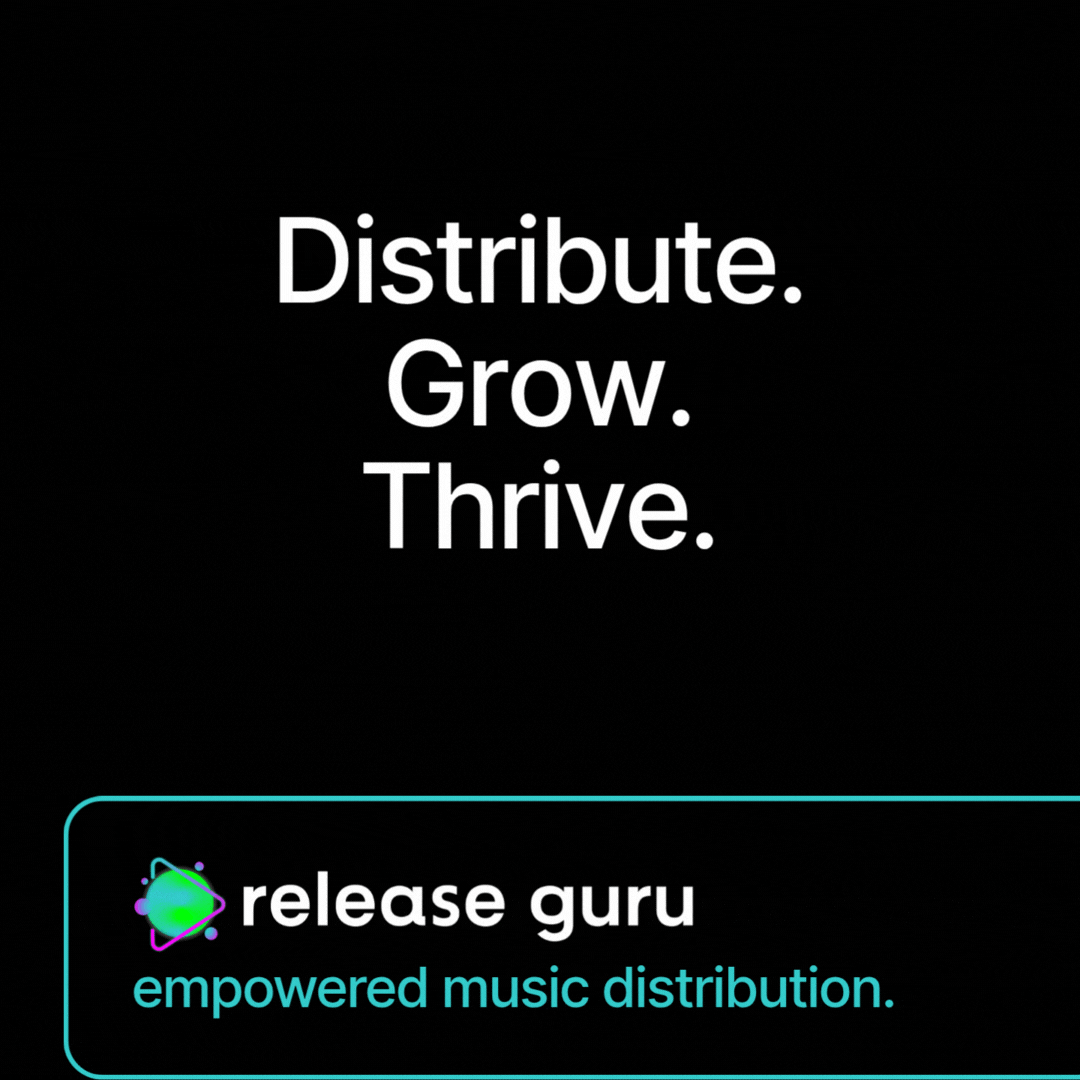>The Rise of Sponsored Journalism: Impacts and Ethics
In an age where the boundaries of journalism and advertising become increasingly blurred, the ascent of sponsored journalism emerges as a double-edged sword—offering financial relief for struggling media outlets while posing profound challenges to journalistic independence and ethics. As we embark on the “Under the Surface: Corporate Dynamics in Media” series, this opening article examines the rise of sponsored journalism, its impacts, and the ethical considerations it demands.
Sponsored journalism, or native advertising, involves content created in partnership with advertisers, designed to blend seamlessly with a publication’s editorial work. Disguised as authentic journalism, these pieces aim to deliver sponsored messages in a format that feels credible and informative to readers. While such content carries the potential to engage audiences more effectively than traditional ads, it also runs the risk of eroding the fundamental trust between media institutions and their audiences.
The economic case for sponsored journalism is compelling. As traditional revenue streams decline, many media outlets face intense financial pressures—leading to downsized newsrooms and a reduced capacity for in-depth reporting. Sponsored journalism offers a much-needed source of income, allowing publications to maintain operations and potentially invest in independent reporting. By leveraging advertiser partnerships, media outlets can unlock funds to produce high-quality content that otherwise might not be affordable.
However, the practice of sponsored journalism raises ethical dilemmas that strike at the heart of journalistic integrity. Blurring the lines between editorial content and advertising introduces the potential for conflicts of interest and misinformation. When content paid for by advertisers masquerades as independent journalism, readers may struggle to distinguish between unbiased reporting and commercial messaging, undermining the credibility of both the publication and the broader media landscape.
The consequences of this blurring are tangible. For instance, a sponsored article advocating for the benefits of a new pharmaceutical product may appear as a legitimate health column, cloaking its commercial biases and fostering skewed perceptions among readers. Such content can mislead the public by prioritizing corporate interests over accurate information, challenging the media’s role as an unbiased arbiter of facts.
Moreover, the reliance on sponsored journalism can subtly influence editorial priorities. Pressure to align with advertisers’ preferences might lead to self-censorship or the sidelining of stories that paint sponsors in a negative light. This not only narrows the scope of reporting but also jeopardizes the media’s ability to serve as a watchdog of power, essential for democratic accountability.
To navigate the ethical challenges posed by sponsored journalism, several measures are necessary. Ensuring transparency is paramount. Clear and conspicuous labeling of sponsored content is essential to preserve audience trust. Labels must be evident, consistent, and easily understood, allowing readers to differentiate between journalism and advertising confidently.
Editorial independence remains a cornerstone of ethical journalism. Media organizations should establish robust guidelines to maintain a clear separation between editorial decision-making and advertising partnerships. Journalists must retain autonomy in pursuing stories based on newsworthiness, free from external pressures or influence.
Diversifying revenue streams can also alleviate the reliance on sponsored content. Subscription models, reader support initiatives, and grants for investigative reporting provide alternative funding avenues that allow media outlets to uphold their commitment to independent journalism. Organizations can mitigate the ethical risks associated with sponsored content by reducing dependency on advertising revenue.
Finally, enhancing media literacy among the public is critical. Empowering audiences with the tools and knowledge to identify sponsored content fosters critical engagement with the information ecosystem. Media literacy programs can help readers recognize biases, assess sources, and seek out diverse perspectives, reinforcing the foundations of informed citizenship.
As we delve further into the “Under the Surface: Corporate Dynamics in Media” series, the examination of sponsored journalism underscores the intricate balance between economic sustainability and ethical integrity. In an ever-evolving media landscape, preserving trust in journalism demands a commitment to transparency, independence, and accountability. By navigating the challenges of sponsored journalism thoughtfully, we can work towards a media future that continues to inform, enlighten, and empower society while adapting to its financial realities.







